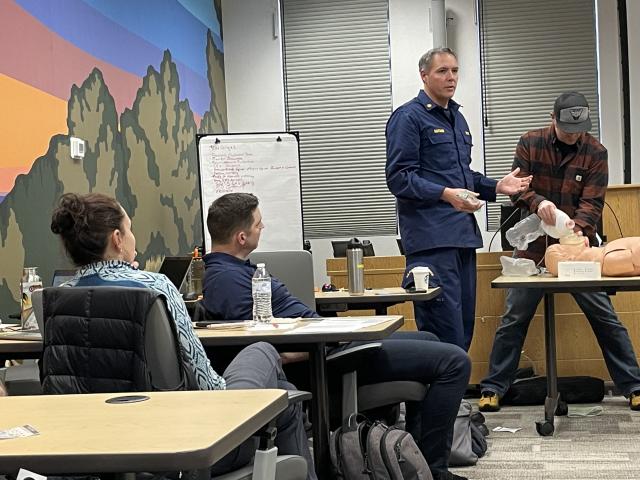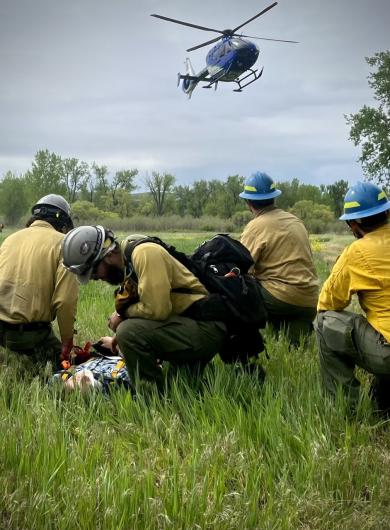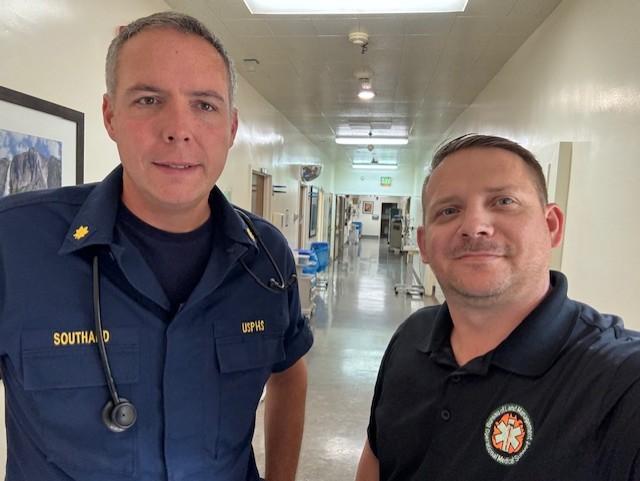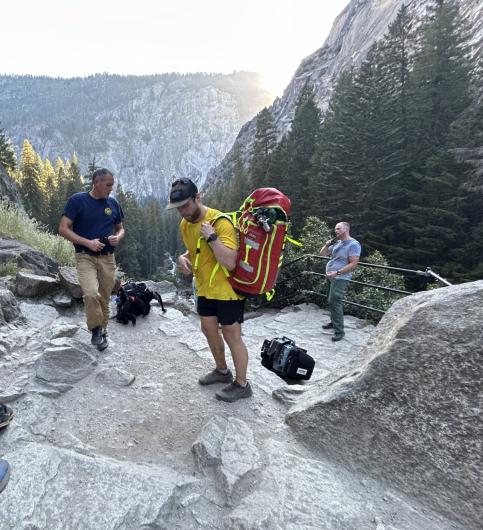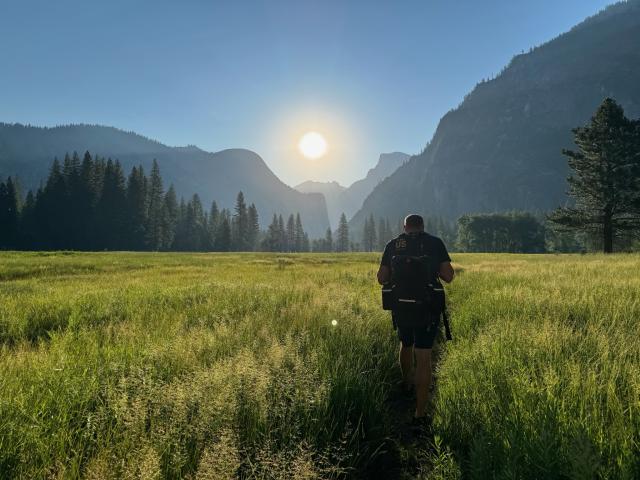Related Stories
- Long-term partnership between BLM Fire and United States Air Force builds national firefighting capacity and accomplishes critical fuels work
- Enhancing Wildland Fire Response: Modernizations to Wildland Fire IT
- Connecting Utah students to public lands careers
- Recreate Responsibly with Fire
- Veteran fuels module in Rapid City, SD sets a standard for community assistance

